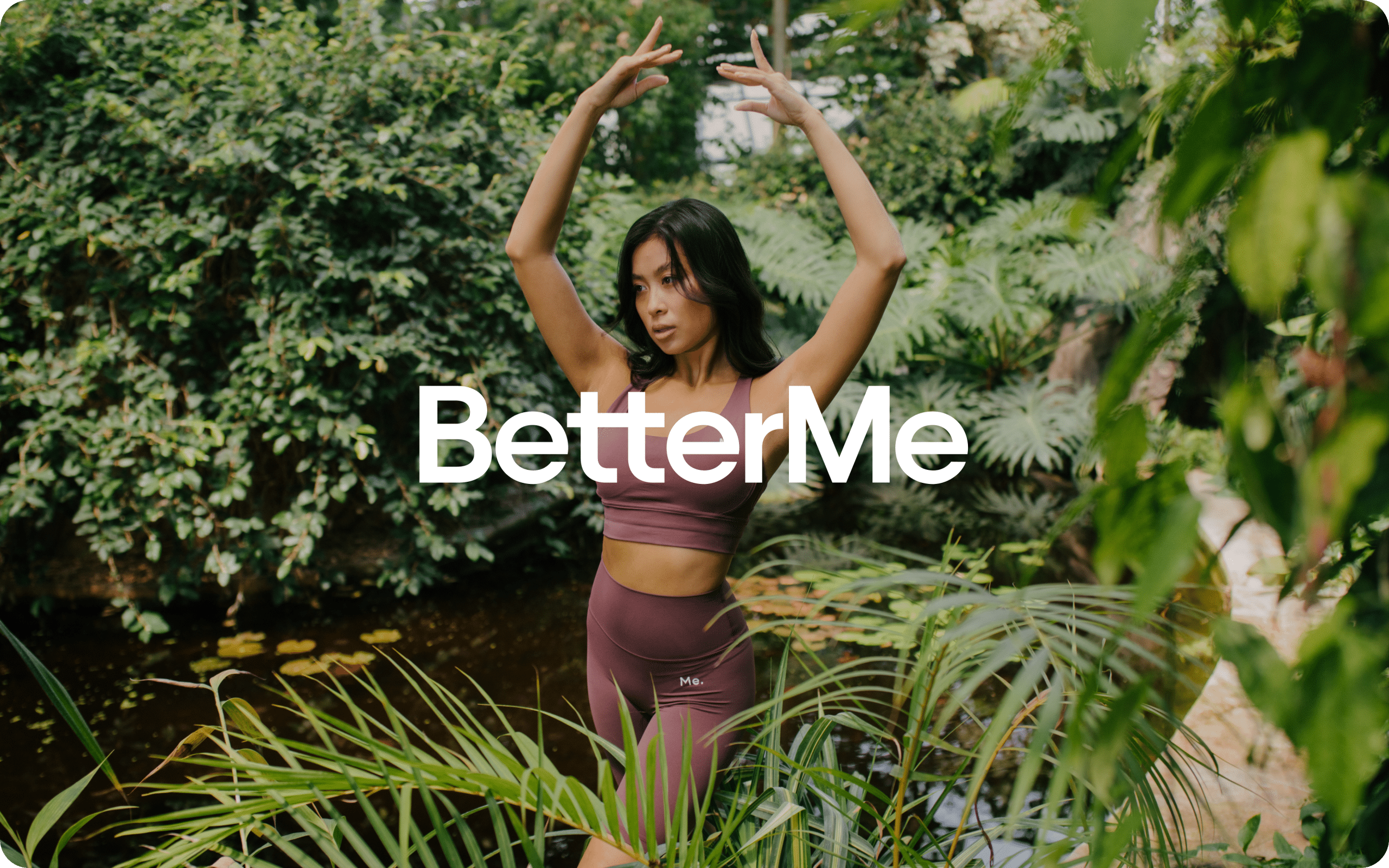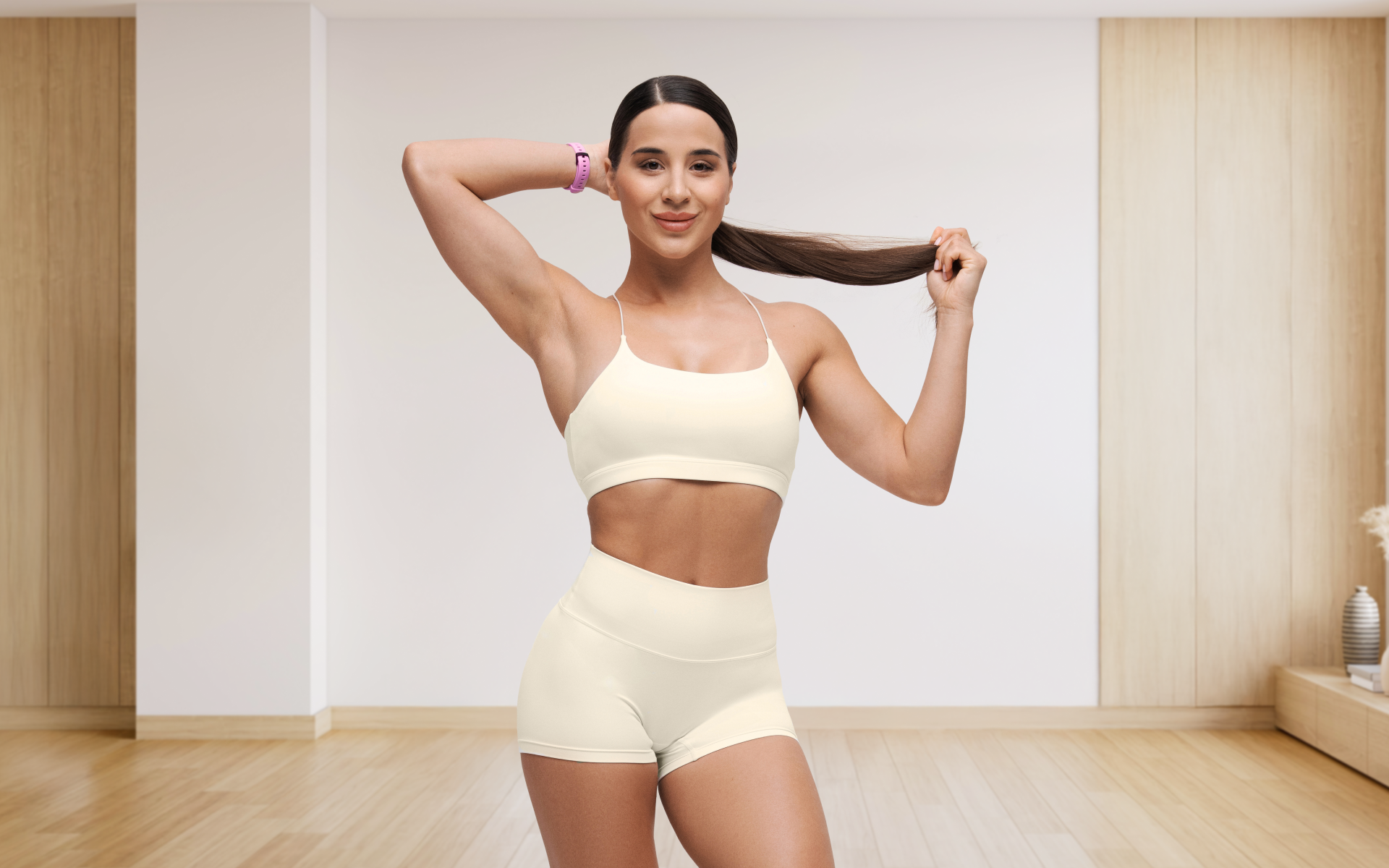Stretching is an essential component of any fitness routine and Pilates has become one of the most versatile and effective ways to enhance flexibility, strength, and overall wellness.
But what are some of the benefits of including Pilates stretches in your daily routine? And is it a better option than yoga?
In this article, we explore the countless health benefits of Pilates stretches, how they can transform your body, and how you can integrate them into your regular workout routine.
What Is Pilates?
Before we look at the benefits of Pilates stretches, it’s important to know exactly what Pilates is. Everyone has heard of it, but not many people know about the history of Pilates and what it really is.
Pilates is a fitness system that was developed by Joseph Pilates. Initially, Pilates was known as Contrology and it was created on the principles of core strength, flexibility, and control, with a strong emphasis on mind-body connection.
The method was designed to improve physical strength and flexibility and stretches to improve posture while enhancing mental awareness and overall well-being.
One of the benefits of Pilates is that it can be performed on a mat or using specialized equipment, such as a reformer, Cadillac, or even a chair.
Dropping pounds by the dozens without putting yourself through the wringer is everyone’s weight loss pipe dream. But what if we told you that the BetterMe app can make that happen? Keep yourself in prime shape with our fat-blasting workouts, delicious budget-sparing recipes, and body-transforming challenges with our app!
Is Pilates Good for Stretching?
When it comes to stretching, there’s no better workout than Pilates. It helps lengthen and strengthen muscles without making you look too bulky, while also making you look leaner and fitter. Pilates also focuses on balanced muscle development, which is important for the prevention of injury.
Here are some ways in which Pilates stretches for beginners or pros can benefit overall health and wellness.
Improved Flexibility
One of the many benefits of Pilates is that it’s not about static stretching but controlled, dynamic movements that improve flexibility and range of motion (2).
Each exercise is designed to continuously challenge the body’s natural range, which is why Pilates is an excellent tool for those who want a wider range in their reach and movement.
Enhanced Posture and Core Strength
A stronger core is the foundation for better posture. Core strength is what links everything together in Pilates. When you include Pilates stretches, you’re working your core (or abs) while also strengthening your back, shoulders, and pelvic floor.
Stress Relief and Mind-Body Connection
Pilates stretches are a low-impact and slow-paced option that can help you relax. The focus on breath and movement can help reduce stress and anxiety. As a consequence, it can lead to a clearer and more centered mind, as well as improved sleep.
Injury Prevention
Finally, Pilates stretches and helps strengthen the muscles, which can help prevent injuries by improving muscle imbalances and promoting better body mechanics (3).
In addition, some studies have shown that Pilates may help reduce chronic pain and reduce the symptoms of disability in adults (1).
Can You Get Flexible from Pilates?
Flexibility is not only for people who practice yoga. Pilates can also help contribute to a more flexible body. However, unlike yoga, which often involves holding stretches for an extended period, Pilates stretches for flexibility emphasize the flow and control associated with a greater degree of movement.
When you consistently engage in Pilates, you can see a noticeable increase in your flexibility over time. You should keep in mind that in order to get the best results, you need to be consistent with your workouts.
If you’re struggling with consistency, make sure you set smaller goals. For example, instead of adding a Pilates workout every day, start with a lower number per week and increase until you can do them daily. Starting small can be less overwhelming than making drastic changes.
Is Pilates Better than Yoga?
Pilates and yoga are two different forms of exercise. It’s not about one being better than the other. They each have their distinct practices and unique focuses.
While yoga is more about stillness and meditative movement, Pilates involves a regimen that is more dynamic and directly targets muscle groups for toning and strengthening.
Ultimately, you should choose the one you feel most comfortable with. If yoga helps you stay more consistent in your daily movement routine, keep doing it. However, Pilates may be a better option if you find yoga too slow and prefer something with more movement.
Read more: Wall Pilates for Butt: A Quick Guide for Beginners
Can Pilates Change Your Shape?
It’s possible for Pilates to change your body composition. By strengthening and lengthening muscles, Pilates helps you achieve a more toned physique. In addition, its emphasis on core strength can also help contribute to a flatter stomach and improved posture.
However, Pilates alone won’t change your shape. Remember that body transformation is gradual and you can only obtain the desired results if you combine it with a healthy diet and other lifestyle factors, such as reduced stress and good sleep.
Is Pilates Enough to Stay Fit?
Pilates alone may not be enough to maintain overall fitness, particularly if your goal is to lose weight. While it burns calories, you also need to ensure you are in a caloric deficit.
For general health and well-being, Pilates can be an excellent addition to your fitness routine. The good thing about Pilates is that it has a routine for everyone. You can find good Pilates Arms routines if you want to focus solely on making your arms look good.
There are other Pilates stretches for back pain and even for seniors. So, no matter your age or your goals, it’s good to know that there’s always going to be a Pilates stretching routine to help you reach your goals.
Want to build an attention-grabbing bubble butt, blast away fat that’s stored in all the wrong places, spring-clean your diet, turn back the clock on your skin, skyrocket your self-confidence and shatter your insecurities? Check out the BetterMe app and set this plan in motion!
How to Include Pilates Stretches in Your Routine
Warming up before your Pilates session is essential for preventing injury. Start with gentle stretches for five to 10 minutes and then engage in your regular Pilates routine.
Afterward, perform a series of cool-down stretches to help your body recover. Here are the essential Pilates stretches at home for various muscle groups and practical tips for getting the most out of your workout:
Warm-Up and Cool-Down Stretches
- Warm-up. Start with a full-body stretch by reaching your arms up and lifting onto your toes. Then, perform some arm circles and gentle neck rolls. Move onto lower-body stretches, such as those that target your hamstrings and quads.
- Cold-down. After your Pilates session, do some stretches that target the muscles you worked the most. For example, you can do forward bends for your core, chest openers for your upper body, and gentle twists for your spine.
Example of Pilates Stretches
If you’re looking to include some Pilates stretches in your regular routine, here are some options that can help stretch certain important muscle groups. However, before you include them, make sure you check with a health professional to determine if they’re suitable for you.
- Hip flexor stretch. Kneel on one knee with the other foot in front, bend the front knee, and keep your back straight. Lean forward into the front knee to stretch the hip flexor of the back of the leg.
- Piriformis stretch. Sit on the floor and cross one leg over the other. Hug the crossed knee toward your chest and look back over the opposite shoulder.
- Back extension stretch. Lie on your stomach and push up onto your hand, extending your back. This is a great stretch for your back and abdomen.
Read more: Pilates Full Body Workout for Beginners (No Equipment Needed)
Tips for Safe and Effective Stretching
Here are some useful tips to make sure you prevent any injuries and get the most out of your session.
- Ensure you’re fully warmed up before engaging in deep stretches.
- Breathe deeply and slowly while stretching to allow oxygen to reach the muscles, which can help you go deeper into the stretch.
- Hold each stretch for at least 30 seconds. This duration allows the muscle fibers to elongate and improve flexibility.
- Honor your body’s limitations and avoid pushing yourself too hard. Modify the stretches as required to suit your individual needs and abilities.
- Consistency is the key to getting the most out of Pilates. You should aim for regular practice, whether it’s a few minutes each day or longer sessions several times a week.
- Use tools and accessories to get the most out of the workout session. For example, you can use small weights to strengthen your muscles or try a Wall Pilates Routine.
FAQs
Who should not do Pilates?
While Pilates is a low-impact form of exercise, it’s not for everyone. If you have any health concerns or are pregnant, it’s best to consult a doctor or health professional before you start any new workout routine.
Is stretching part of yoga or Pilates?
Stretching is a common element in both Pilates and yoga. They share similar benefits in terms of flexibility and muscle relaxation. However, they’re different practices and one is not better than the other. The one you choose should be dependent on your personal goals and needs.
Is stretching better than Pilates?
Stretching is an essential part of Pilates. However, that’s not the only goal of Pilates. You can also strengthen your muscles and promote a fitter and more toned body.
Is Pilates once a week enough?
If you want to experience the full range of benefits of Pilates, it’s best to practice it at least two to three times a week. This frequency will allow for enough consistency to see improvements in strength, flexibility, and posture.
The Bottom Line
Pilates is far more than a trendy workout. It’s a life-changing practice that can significantly improve your body’s flexibility, strength, and overall health and wellness when done properly.
With a focus on controlled movements, alignments, and breath, Pilates stretches are a powerful tool for anyone who is looking to enhance their fitness routine. When you regularly include Pilates stretches in your workouts, you can experience a transformation that transcends physical benefits.
DISCLAIMER:
This article is intended for general informational purposes only and does not serve to address individual circumstances. It is not a substitute for professional advice or help and should not be relied on for making any kind of decision-making. Any action taken as a direct or indirect result of the information in this article is entirely at your own risk and is your sole responsibility.
BetterMe, its content staff, and its medical advisors accept no responsibility for inaccuracies, errors, misstatements, inconsistencies, or omissions and specifically disclaim any liability, loss or risk, personal, professional or otherwise, which may be incurred as a consequence, directly or indirectly, of the use and/or application of any content.
You should always seek the advice of your physician or other qualified health provider with any questions you may have regarding a medical condition or your specific situation. Never disregard professional medical advice or delay seeking it because of BetterMe content. If you suspect or think you may have a medical emergency, call your doctor.
SOURCES:
- Best Exercise Options for Reducing Pain and Disability in Adults With Chronic Low Back Pain: Pilates, Strength, Core-Based, and Mind-Body. A Network Meta-analysis. (pubmed, 2022)
- Effects of Pilates Training on Lumbo-Pelvic Stability and Flexibility. (pubmed, 2011)
- The Effects of the Pilates Method on Pelvic Floor Injuries during Pregnancy and Childbirth: A Quasi-Experimental Study. (pubmed, 2021)













